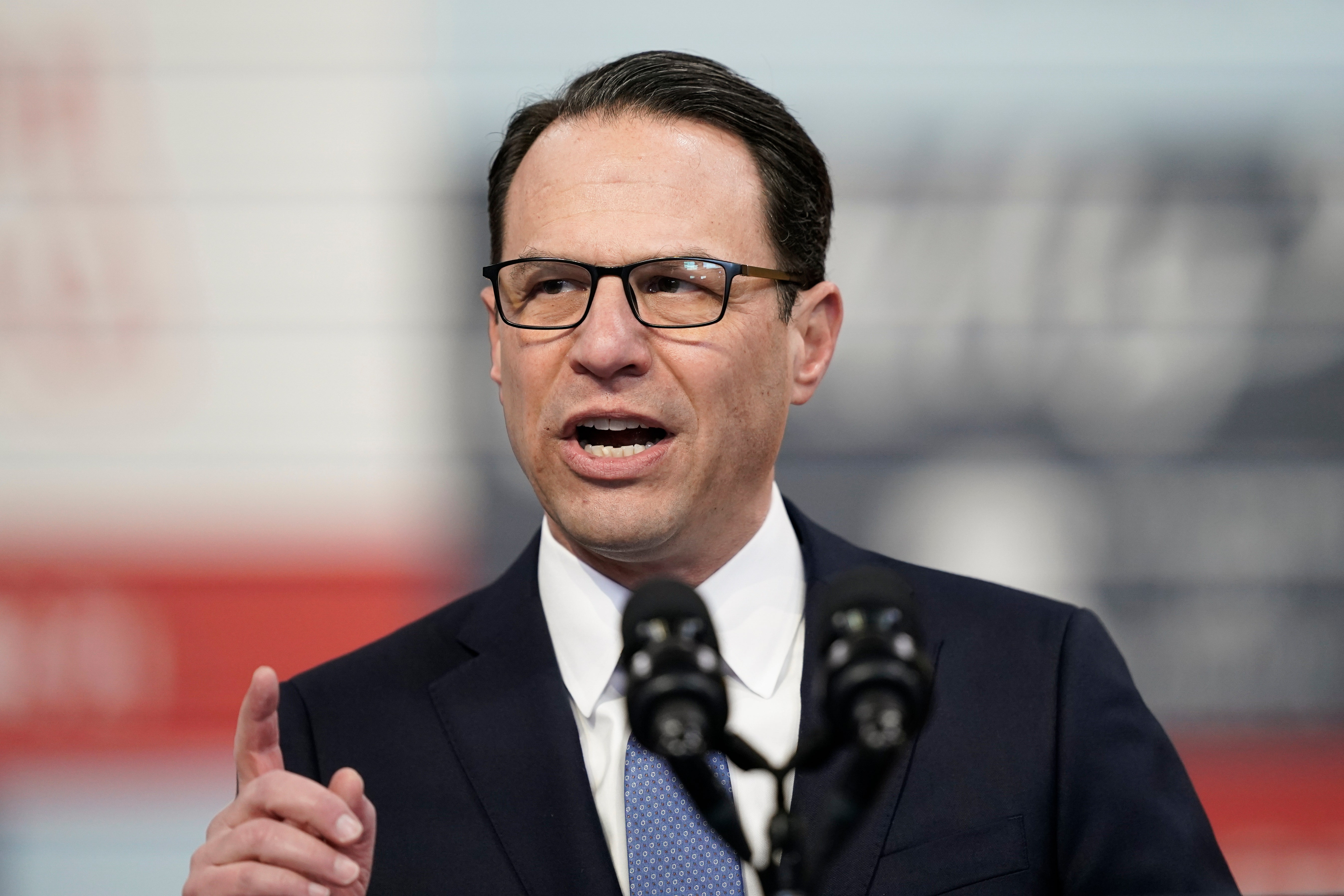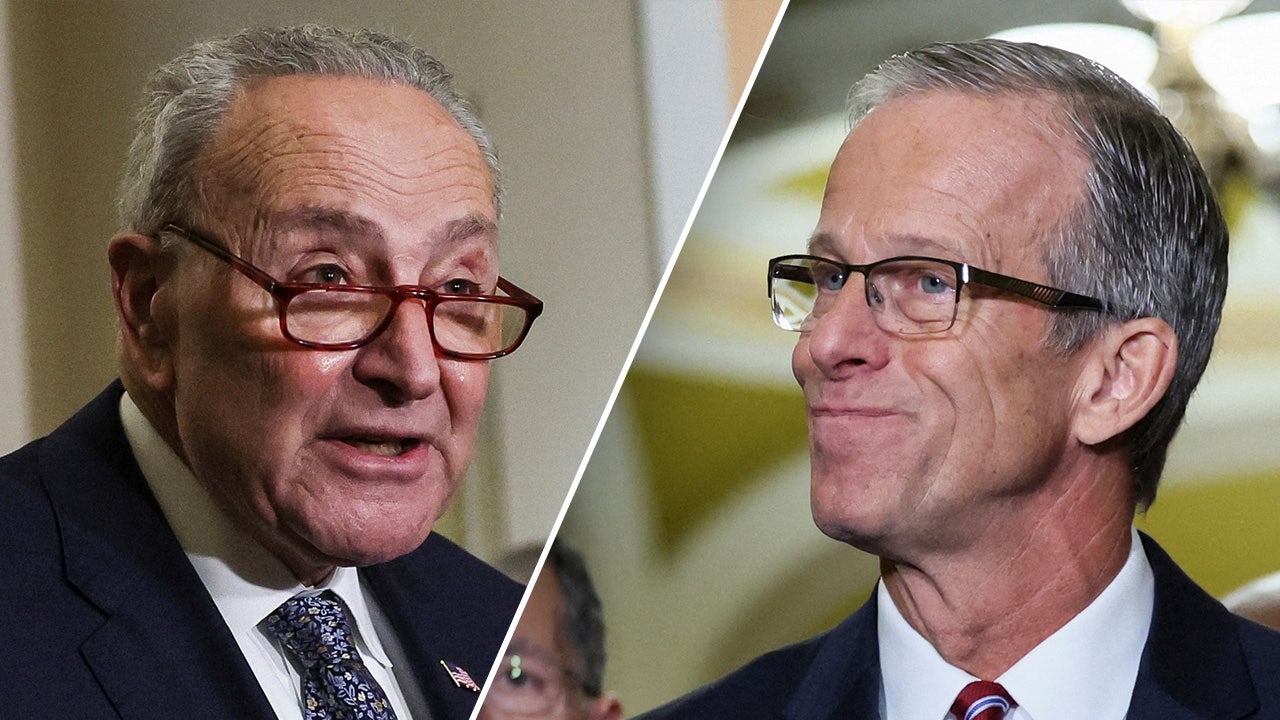As China abruptly abandoned “zero Covid” and accelerated an onslaught of infections and deaths, many feared a sustained tide spilling over from cities to villages. Now, two months later, the worst appears to be over and the government is keen to turn attention to the economic recovery.
Doctors who have been mobilized across China to treat an onslaught of Covid patients say in phone interviews the number of patients they are now seeing has fallen. Cities and villages huddled under the tide of infections and burials are coming alive. health officials have declared that Covid cases “peaked as early as late December 2022.”
“Now the pandemic is already forgotten from people’s minds,” Gao Xiaobin, a doctor on the outskirts of a small city in east China’s Anhui province, said by phone. “Nobody wears masks anywhere. It’s all gone.”
The true number of the outbreak is difficult to estimate, as infections and deaths are obscured by censorship and poor data collection. Officially, China has reported Nearly 79,000 confirmed Covid-related deaths that have occurred in hospitals since December 8. But researchers say that’s a drastic undercount, as it excludes non-hospital deaths.
The Communist Party hopes to put such issues behind and focus on reviving China’s economy. struck through lockdowns. Restoring growth could help repair the image of its leader, Xi Jinping, who, after three years of strict “zero Covid” policies – which had largely contained the virus but strangled the economy – and then their abrupt, chaotic departure in the December was struck. His government’s reputation will now depend heavily on its ability to create jobs, including for large numbers of unemployed youth and college graduates.
Mr Xi struck a positive note, although acknowledging that Covid outbreaks remain a concern. “Dawn is near,” he said told the country in a speech on January 20, just before the Lunar New Year holiday.
province and city leaders have explained, one after the other, that infections have peaked in their areas. Some of China’s economically strong regions have issued plans to restore business confidence. Speaking of economic revitalization last week to hundreds of officialsHuang Kunming, the head of the Communist Party of southern China’s Guangdong Province, made no mention of the pandemic at all.
The government has sought to shape the public narrative of the outbreak by restricting information and censoring criticism of its response. Still, anger mounted at the lack of essential medicines and the government’s concealment of the number of deaths from Covid, while lines at funeral homes grew and the city’s morgues were overflowing with bodies.
But for many Chinese, the need to weather the pandemic and earn a living in a troubled society could end up overshadowing their grievances.
In phone calls to dozens of residents across China, many said they were more concerned about finding jobs, rebuilding businesses and securing a future for their children.
“People don’t even talk about Covid anymore,” said Zhao Xuqian, 30, who said he lost his last job at a flour factory in the central Chinese city of Zhengzhou and returned to his home village in Anhui province. He’s thinking about looking for a new job in the coming weeks.
Covid-19 in China
The Chinese government’s decision to abandon its restrictive “zero Covid” policy in late 2022 sparked an explosive Covid outbreak.
“The new year has begun,” he said. “We should forget the past and look forward.”
Even as Chinese medical officials have signaled that infections have been falling, they have also warned that the country remains vulnerable to new outbreaks, particularly in rural areas where medical supplies are much scarcer than in cities.
“A new peak in infections could arise in areas lacking doctors and medicines, which — less than 10 percent nationwide — have not yet completed the full round of vaccination,” said Gao Fu, a former director of the Chinese Center for Disease Control and Prevention, to China Newsweek magazine earlier this month. “Nevertheless, I would like to urge everyone to provide the most important medical resources for the risk groups in old age or with underlying diseases.”
To limit the number of new outbreaks this year, China also needs to provide more vaccinations and booster shots, especially among the country’s older adults, and better equip hospitals to deal with patients who have not yet contracted Covid, several called doctors and epidemiologists.
The next wave may not be as massive, but it could focus its anger on vulnerable places and people who managed to avoid infection in the most recent wave.
Some Chinese health officials Estimated 80 percent of the country’s 1.4 billion people were infected by the end of 2022. (Other experts are skeptical of this estimate, saying that even with the Omicron variant’s rapid transmissibility, it’s unlikely that it could have infected so many people in such a short period of time.)
“Future death projections will be driven in part by how well China could protect those who are at higher risk but are still withdrawing,” Xi Chen said Associate Professor at the Yale School of Public Health, which has been monitoring China’s Covid pandemic, emailed answers to questions.
Covid outbreaks in China multiplied late last year as the fast-spreading Omicron variant wore down armies of local officials enforcing lockdowns and travel restrictions. The surge turned into a tsunami after Mr Xi lifted pandemic restrictions, apparently rocked by protests across the country and the deepening economic slump.
What surprised some was how quickly Covid jumped into China’s rural areas. Like many doctors, Wang Guocai expected infections to sweep his village in southern China a few weeks after the Omicron subvariant invaded major cities. Instead, the eruption appeared to come in full force just days after flooding Guangzhou, the provincial capital nearly 200 miles away, he said.
At first it was mainly young people who worked in his rural clinic. Many were migrant workers and businessmen who had recently returned. Then every day more and more villagers populated the clinic in the ’60s, ’70s and ’80s, said Dr. Wang in a phone interview.
In December he saw dozens of patients every day and distributed pills for fever and cough, he said, but now he sees only several a day. He said he was relieved that his village appeared to have avoided fatalities.
“Our village has been fortunate in not having had any fatal cases to date,” said Dr. Wang. Other villages nearby were less fortunate, he said, although he said he wasn’t sure of the exact number of deaths. “These were all patients who had serious previous illnesses.”
China’s official death toll falls far short of original forecasts by experts such as China Bill Hanage, Associate Professor of Epidemiology at Harvard TH Chan School of Public Health. He previously estimated that China’s Covid outbreak could cause 2 million deaths.
“I don’t think we have any insight into what actually happened, beyond the reasonable assumption that the true numbers are much larger than the official ones,” Professor Hanage said.
Instead, the Chinese have built a mosaic of impressions and stories about how their hometowns have fared.
Lu Xiaozhou, a writer from central China’s Hubei Province, wrote online that in his home village of several thousand people, 10 to 20 elderly residents had died during the recent Covid wave, and that “counts as very fortunate.” Li Jing, a farmer and former migrant worker from Yulin, a rural area in northwest China, said that although his own family’s elderly relatives survived the outbreak, other families were not so fortunate.
“There’s been a lot of funerals in the county lately, I’ve seen them,” he said over the phone. Asked about the future, he said: “Now I don’t feel anything anymore. I just want everything to go back to normal, that’s all.”
The resumption of normal life carries the risk of another wave of infections, especially after the week or two New Year break, when many rural migrants who had traveled to their hometowns for family reunions return to the cities. As people move again, it could also expose the virus and those who have so far avoided infection.
In the months that follow, the protection afforded by recent vaccinations or immunity developed through infection will wear off, exposing people to renewed risk from Covid if they do not receive more vaccinations. There is also the potential danger of new subvariants that may be less virulent but more easily transmissible.
“My other family members were all infected, but I wasn’t,” Wang Xiaoyan, a resident of Ankang, a city in northwest China, said by phone.
She said she stayed in her own home and stayed away from relatives who returned to her home village in December. She only joined her extended family for the Lunar New Year feast of dumplings, stews and fish after relatives among them who had Covid recovered. Now she worried about what might come next.
“I’m worried — worried I’ll get infected,” she said. “I still wear a mask now, although basically nobody else does.”





